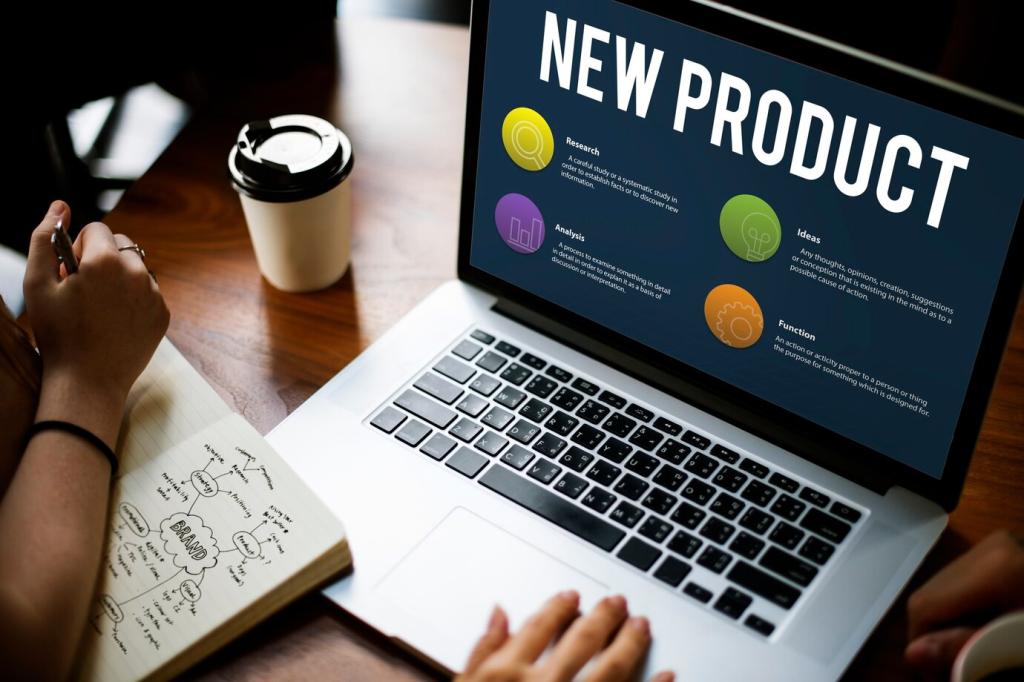Designing a Message Architecture for Courses
Plan pre-lesson priming, mid-lesson guidance, and post-lesson reinforcement. Sequence announcements, nudges, and recaps so every message anticipates the next action, reducing confusion and keeping momentum steady during busy weeks.
Designing a Message Architecture for Courses
Standardize microcopy for buttons, errors, and success states. Learners feel safer when words behave predictably. For instance, Start, Resume, and Review should mean distinct states, never ambiguous twins competing for attention.





